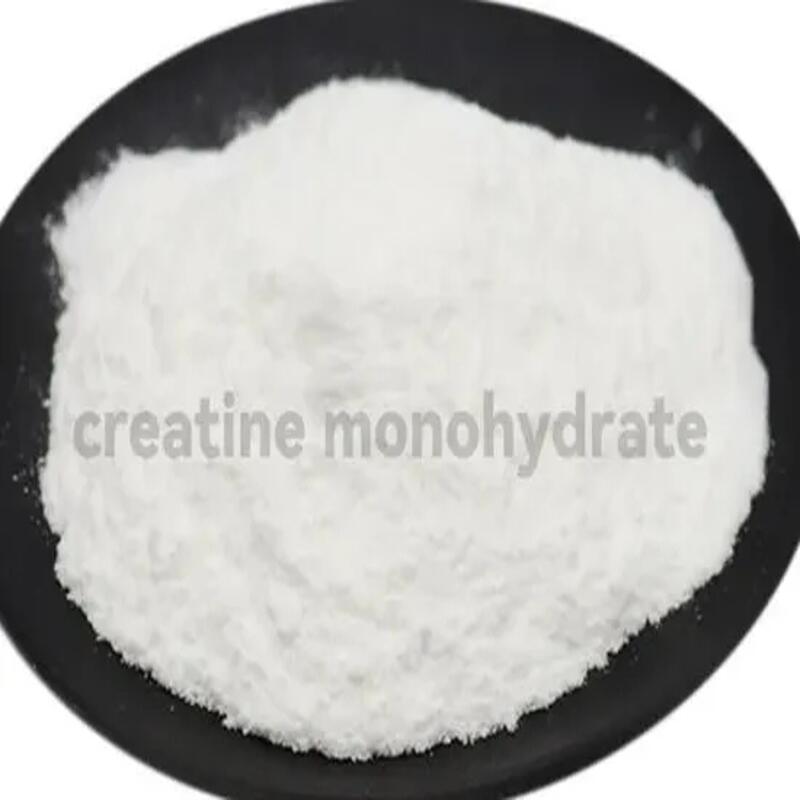-
Categories
-
Pharmaceutical Intermediates
-
Active Pharmaceutical Ingredients
-
Food Additives
- Industrial Coatings
- Agrochemicals
- Dyes and Pigments
- Surfactant
- Flavors and Fragrances
- Chemical Reagents
- Catalyst and Auxiliary
- Natural Products
- Inorganic Chemistry
-
Organic Chemistry
-
Biochemical Engineering
- Analytical Chemistry
-
Cosmetic Ingredient
- Water Treatment Chemical
-
Pharmaceutical Intermediates
Promotion
ECHEMI Mall
Wholesale
Weekly Price
Exhibition
News
-
Trade Service
TRI-TERT-BUTYL 1,4,7,10-TETRAAZACYCLONONANE, also known as TBTN, is an organic compound used as a catalyst in various chemical reactions.
The production process of TBTN involves several steps, which are outlined below.
Step 1: Preparation of the Starting Materials
The production of TBTN starts with the preparation of the starting materials.
These materials include tert-butyl chloride and sodium azide.
Tert-butyl chloride is prepared by reacting tert-butyl alcohol with hydrogen chloride gas, while sodium azide is prepared by the reaction of sodium amide with hydrogen azide.
Step 2: Condensation Reaction
The next step in the production of TBTN is the condensation reaction between tert-butyl chloride and sodium azide.
This reaction is carried out in the presence of a solvent, such as ether or hexane, and a catalyst, such as sodium hydroxide or hydrochloric acid.
The condensation reaction leads to the formation of TBTN, which is a colorless liquid with a distinctive odor.
Step 3: Purification of TBTN
After the condensation reaction, the TBTN produced is typically impure and contains impurities such as tert-butanol and sodium chloride.
To purify TBTN, the liquid is typically filtered to remove any solid impurities, and then the liquid is distilled to separate the various components.
The TBTN is then collected and used as a catalyst in further chemical reactions.
Step 4: Storage and Handling
TBTN is a sensitive and hazardous material, and proper storage and handling precautions must be taken to prevent accidents or environmental contamination.
TBTN should be stored in a cool, dry place and handled with care to avoid any spills or leaks.
It is also important to wear appropriate personal protective equipment (PPE), such as gloves and safety glasses, when handling TBTN.
In conclusion, the production process of TBTN involves several steps, including the preparation of starting materials, the condensation reaction, purification of the TBTN, and storage and handling.
TBTN is an important catalyst in various chemical reactions and is used in the production of a wide range of chemical products.
However, it is important to handle TBTN with care due to its sensitivity and potential hazards.







